In the remote mountains of Arunachal Pradesh, the Simong tribe holds a festival unlike any other—the Jihang Festival, commonly known as the Poisoned Arrow Festival. Held each year as winter softens into spring, this festival is much more than a ritual; it’s a sacred gathering that honors ancestral traditions, celebrates community strength, and keeps the stories of the past alive. Experiencing this festival firsthand brought me closer to the Simong tribe’s deep-rooted customs and reminded me of the beauty in preserving one’s heritage.
Table of Contents
The Simong Tribe’s Rich Heritage

The Simong tribe has a profound connection to their land and traditions. Surrounded by serene mountains and forests, their village feels like it’s cocooned in nature’s embrace. The tribe’s customs aren’t merely rituals; they are revered links that tie them to their ancestors, their environment, and each other. The Jihang Festival stands out as a significant tradition, representing both bravery and resilience. Witnessing this unique ritual, I felt like I was stepping back into a world untouched by time, where every act carried the weight of history and meaning.
Preparing for the Poison Ritual
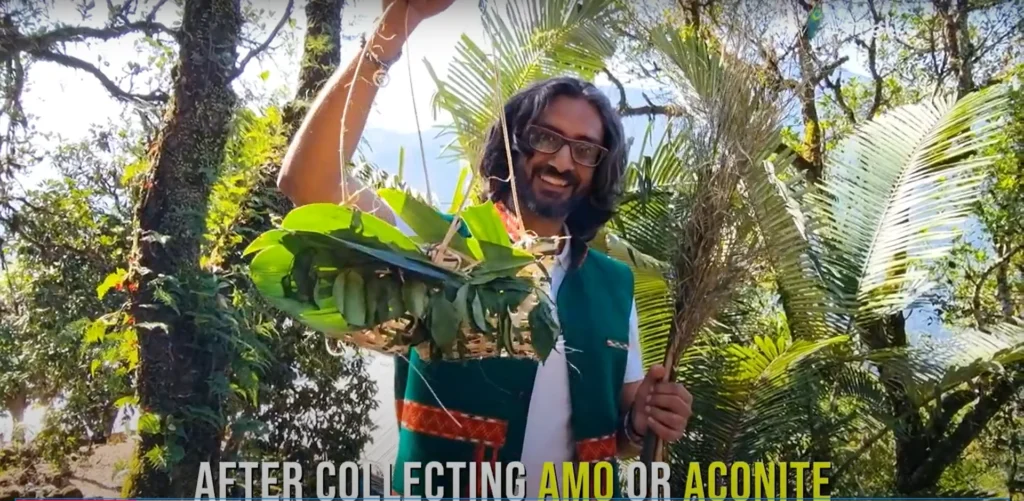
Weeks before the Jihang Festival, Simong hunters begin the delicate preparations for the poison ritual. These hunters are highly skilled and deeply knowledgeable about the forests. To prepare the poisoned arrows, they venture far into the mountains, seeking a rare species of snake whose venom they carefully extract. The entire process is both meticulous and dangerous, and it’s clear that for these hunters, this isn’t just a task—it’s an honor and responsibility handed down from their ancestors.
One hunter shared with me, “This duty reminds us of who we are and where we come from.” There’s a quiet pride in their voices when they speak of the poison ritual, a pride that only comes from knowing you are preserving something bigger than yourself.
The Symbolism of the Poisoned Arrow in the Jihang Festival
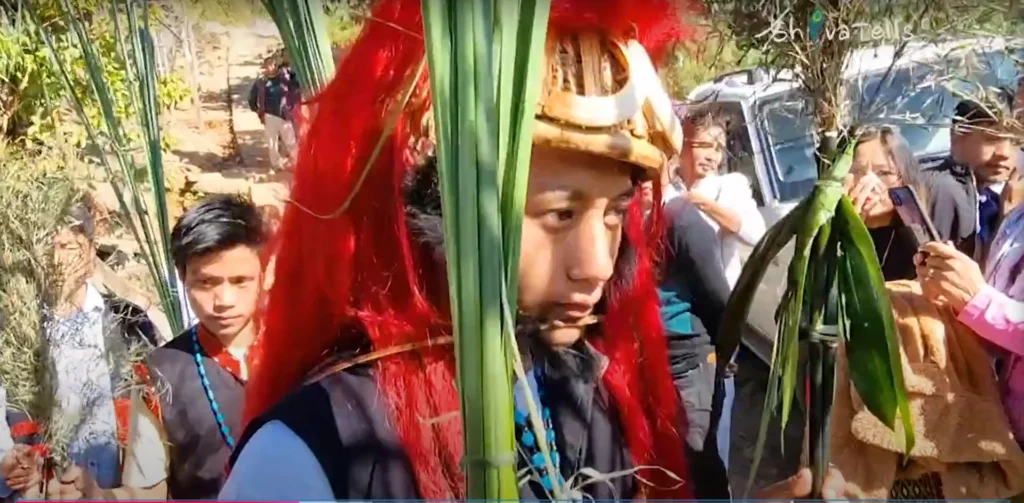
In the Jihang Festival, the poisoned arrow carries symbolic significance. It represents the strength, resilience, and heritage of the Simong tribe. As legend has it, the very first poisoned arrow was used to save the tribe from a deadly tiger, forever marking it as a symbol of protection and courage. This heroic act is honored every year during the festival, reminding the tribe of their ancestor’s bravery and of their own duty to continue that legacy.
Hearing the elder narrate this story by the fire, I felt chills. The Jihang Festival goes beyond a simple act; it is a powerful statement of resilience and unity. This arrow represents an unbreakable bond between the Simong people, their ancestors, and their land.
Festival Day: Gathering of the Simong Tribe
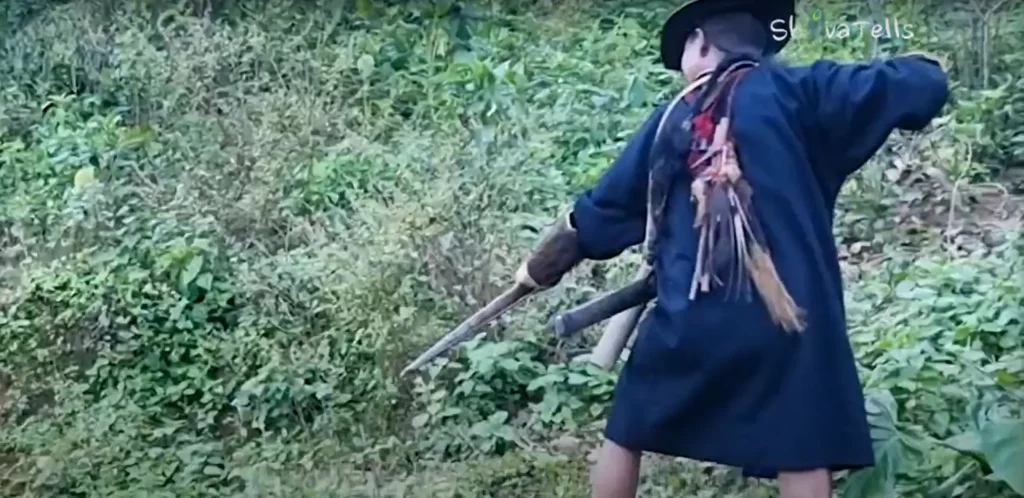
When the festival day finally arrives, there’s an undeniable energy in the air. Villagers gather at a special spot near the river, wearing traditional clothing adorned with feathers, colorful beads, and fabrics that reflect the tribe’s vibrant culture. Even the youngest children participate, aware of the festival’s significance.
The air fills with laughter, song, and dance. There’s a spirit of togetherness that’s rare to witness in today’s fast-paced world. As the Simong people gather, you can feel the pride they hold in their identity and the respect they have for each other and their traditions.
The Poisoned Arrow Ritual of the Jihang Festival

The poisoned arrow ritual is the highlight of the Jihang Festival. The hunters, who have spent weeks preparing, gather in a circle, holding their bows with arrows tipped with the powerful poison. This is a moment of focus and skill, as each hunter takes careful aim at the target. When the arrows are released, they soar through the air, each one a testament to the hunter’s skill and the tribe’s heritage.
The first hunter to hit the target is celebrated as the winner, a symbol of strength and precision. This moment is more than a test of skill; it is an honor, a tribute to the Simong tribe’s past, and an affirmation of their resilience. The cheers and celebration that follow are filled with pride and respect.
Blessings from the Village Elder
After the ritual, the winning hunter receives a blessing from the village elder, a mark of respect and acknowledgment of his role in preserving the tribe’s heritage. This blessing is not just personal; it’s a way of blessing the entire community. The elder’s words, filled with wisdom and tradition, serve as a reminder of the tribe’s enduring legacy and commitment to its roots.
The Simong tribe places immense respect on their elders, who are seen as the keepers of wisdom and guides for the tribe. The blessing is a moment that honors both the hunter’s dedication and the elder’s role in nurturing the tribe’s culture.
When and Why the Jihang Festival is Celebrated
The Jihang Festival is celebrated in 2 or 4 years, marking the end of winter and the arrival of spring. This timing carries symbolic meaning, as the festival celebrates the tribe’s resilience in overcoming harsh seasons, just as their ancestors did. It’s a time for the tribe to come together, remember their shared history, and prepare for the new season with a sense of renewal and strength.
Tensions Between Tradition and Modern Views
However, like many traditions around the world, the Jihang Festival faces challenges from modern views. As younger members of the Simong tribe become exposed to the outside world, some begin questioning the necessity of certain rituals. Some argue that hunting may no longer be required in modern times, while others worry about the environmental impact of using poison.
These conversations are not easy, as they touch on deeply held beliefs. One young man I spoke with said, “We respect our traditions, but we want to make sure we’re also looking after our future.” This blend of respect for the past and a willingness to adapt shows a thoughtful approach to preserving the festival while also considering the realities of today.
The Environmental Concerns
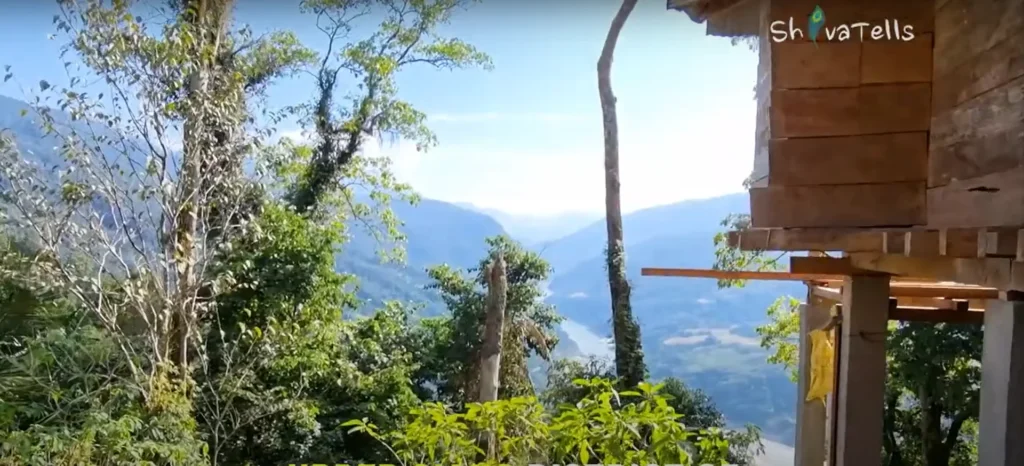
In recent years, environmental concerns have also influenced discussions around the Jihang Festival. The poison used on the arrows, while traditionally sourced, has raised concerns about its impact on local wildlife and ecosystems. The Simong tribe has always valued their natural surroundings, making these environmental concerns particularly significant.
Finding a balance between preserving tradition and protecting the environment is a new challenge. For a community that has lived in harmony with nature for centuries, this conversation is essential to ensure that their customs honor both their history and their commitment to the land.
Preserving the Jihang Festival for Future Generations
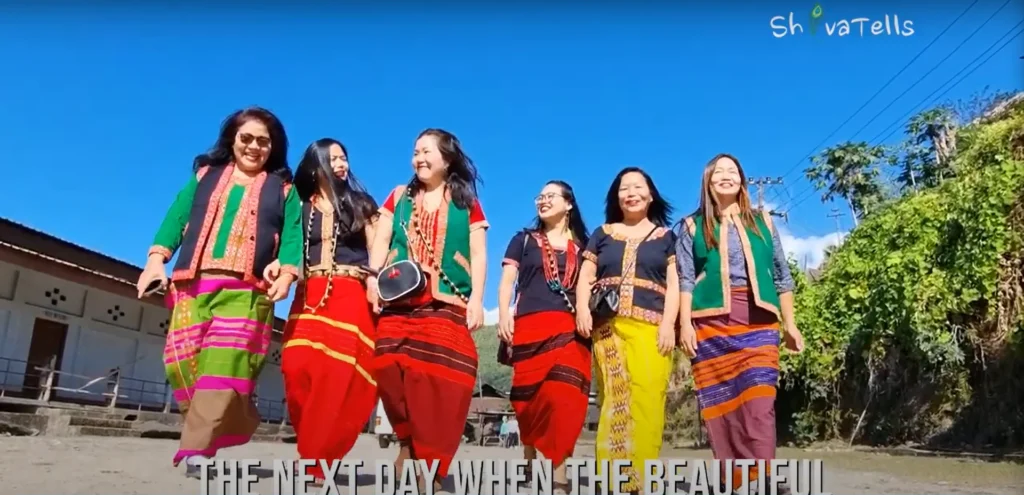
The Simong tribe is actively exploring ways to preserve the Jihang Festival while being mindful of the changing world. Elders and younger members are engaging in open conversations to decide how best to keep the spirit of the festival alive. It’s clear that the Jihang Festival, in some form, will continue for future generations as a mark of Simong pride and resilience.
This careful approach to adaptation reflects the Simong tribe’s wisdom. They understand the importance of honoring their ancestors while also embracing changes that will help sustain their culture in a modern world.
A Testimony to the Simong Tribe’s Strength
The Jihang Festival is more than a celebration for the Simong tribe; it is a testament to their strength, resilience, and commitment to their heritage. Witnessing this festival was a humbling experience that showed me the beauty of a community that cherishes its roots. The Poisoned Arrow Festival stands as a symbol of bravery and unity, carrying with it the hopes and memories of countless generations.
How to Reach Simong Village
To reach Simong village and experience the Jihang Festival firsthand, travelers must embark on a scenic journey through Arunachal Pradesh. Here’s a quick travel guide:
- By Air: The nearest airport is at Dibrugarh, Assam, which connects to several major Indian cities. From Dibrugarh, you can travel by road to Arunachal Pradesh.
- By Train: Murkongselek Railway Station, located in Assam, is the nearest railway station to Simong. From here, local transport like taxis can take you toward the village.
- By Road: Roads to Simong village are often rugged, so renting a four-wheel-drive vehicle is advisable for a smoother journey. Alternatively, public buses run in Arunachal Pradesh, though they may be less frequent.
Reaching the village can be an adventure in itself, with breathtaking mountain views and lush forests along the way. Once there, you’ll find yourself immersed in the traditions and natural beauty that define the Simong tribe and their annual Jihang Festival.
Final Reflection:
The Jihang Festival of the Simong tribe is an inspiring example of a community holding onto its heritage with pride and resilience. Their journey is a lesson in honoring the past while facing the future with open minds. As I left Simong village, I felt grateful for the chance to witness this unique festival and a renewed respect for the people who keep such traditions alive. The Jihang Festival, like the tribe itself, embodies a story of strength, unity, and unwavering respect for the land.
Read More Stories of Arunachal Pradesh Tribes
- Dong Valley Travel Guide: Unveiling the Jewel of Arunachal Pradesh with Travel Tips & Tricks
- Meyor Tribe: Unveiling the Sunrise Tibe Warriors of Arunachal Pradesh | Adventure with ShivaTells
- Ollo Tribe’s Warang Festival: Hornbill Celebration
Watch More Stories of Arunachal Pradesh Tribes
